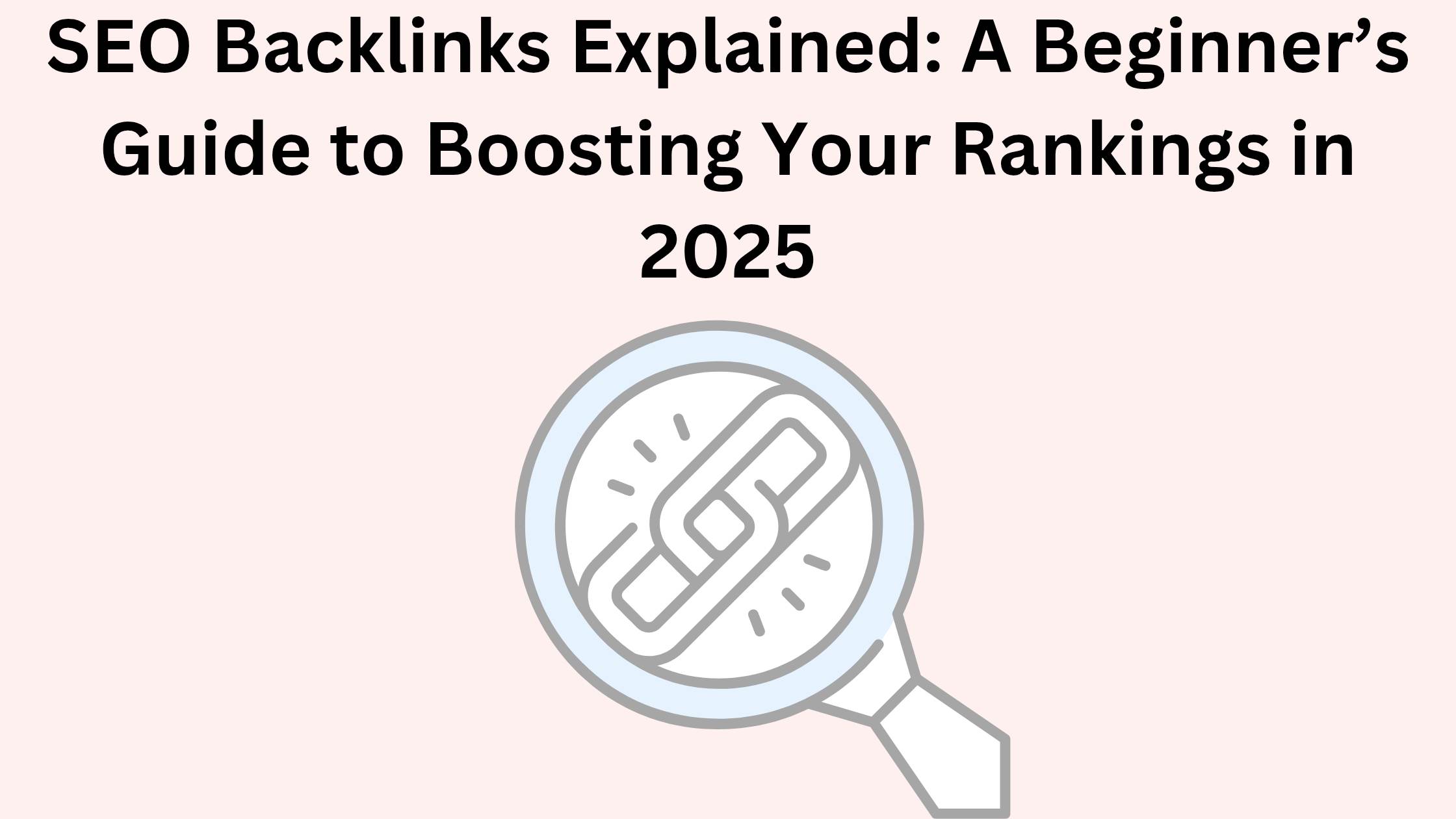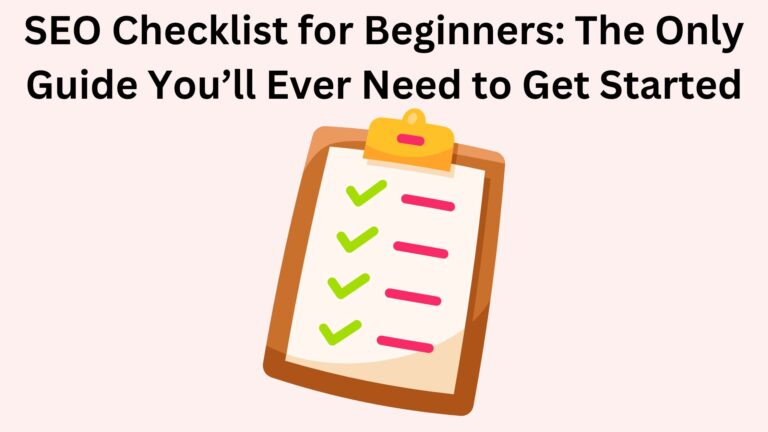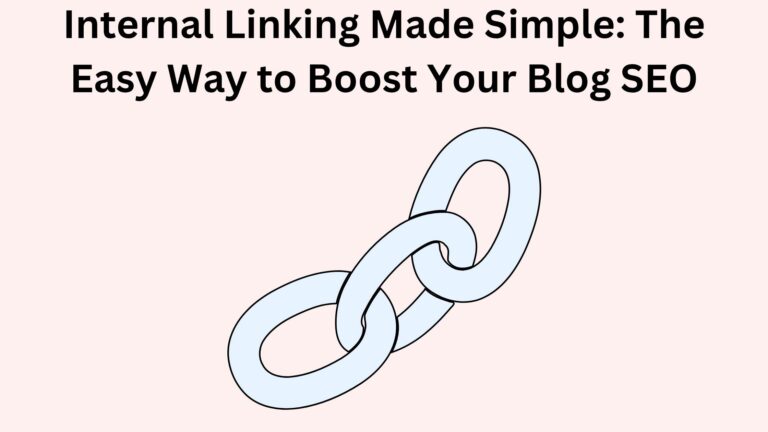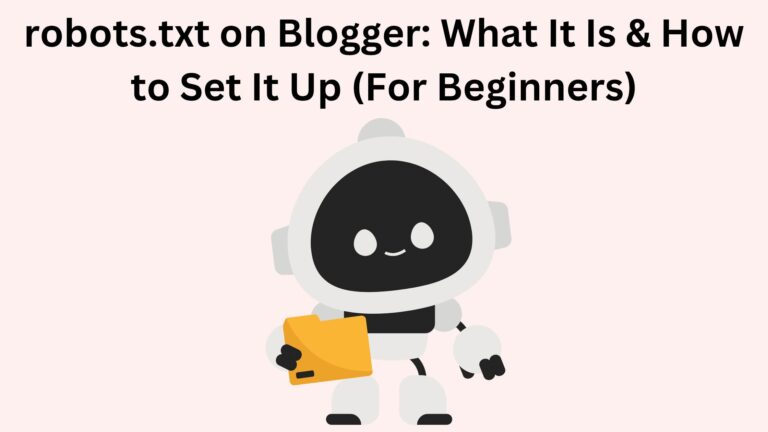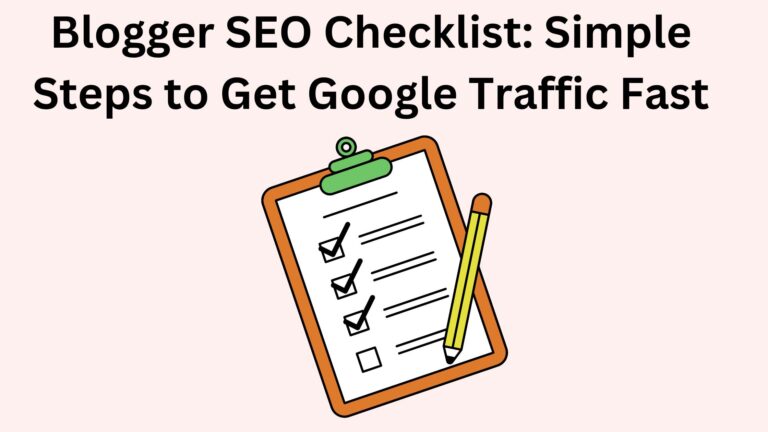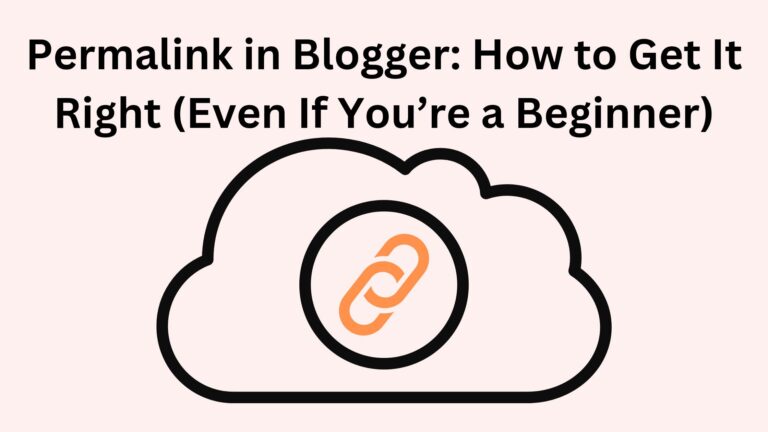SEO Backlinks Explained: A Beginner’s Guide to Boosting Your Rankings in 2025
If you’ve ever wondered how some websites magically show up on the first page of Google, here’s the truth: it’s not just great content — it’s also backlinks.
And if you’re new to this whole SEO world, don’t worry.
I’m going to walk you through everything you need to know about SEO backlinks in plain, simple English.
No tech talk. No fluff. Just real, practical advice you can use.
Let’s get into it.
What Are Backlinks (And Why Should You Care)?
Imagine someone pointing to your blog and saying, “Hey, this is useful!”
That’s exactly what a backlink is.
It’s when another website adds a link to your site.
That link tells Google:
> “This content is worth checking out.”
The more of these “votes” (aka backlinks) you get — especially from respected sites — the more Google trusts you.
And when Google trusts you?
You show up higher in search results. Simple as that.
Why SEO Backlinks Matter in 2025 (Yes, Still!)
You might be thinking,
> “Isn’t Google smarter now?
Do backlinks still matter?”
Yes, 100%.
In fact, backlinks are still one of the strongest ranking factors Google uses.
But today, it’s not about quantity.
It’s about quality and relevance.
If a trusted blog in your niche links to your site, that’s gold.
If a sketchy spam site links to you? Not so helpful — it could even hurt your rankings.
Types of Backlinks (Keep It Simple)
- Dofollow backlinks: These pass SEO value. These are the links you want.
- Nofollow backlinks: These don’t pass SEO value, but they can still bring traffic.
- Internal backlinks: Links between pages on your own site (still important).
- External backlinks: Links from other websites to yours (this is what we’re focusing on).
So… How Do You Actually Get Backlinks?
Here’s the part most beginners overthink.
You don’t need to beg strangers or buy shady links.
Start with value first, then promote it smartly.
1. Create Amazing Content Worth Linking To
Yes, everyone says this.
But here’s what it really means:
- Solve a problem better than anyone else.
- Make your guide, tutorial, or list post insanely helpful.
- Add original thoughts, images, examples, or insights.
If your content is boring or copied, nobody will link to it.
2. Guest Posting
You write a helpful article for another blog in your niche.
In return, they let you link back to your site.
Everyone wins.
Tip: Look for blogs that have real readers and good domain authority.
3. Answer Questions on Forums
Places like Quora, Reddit, or even Facebook groups are great for this.
Answer questions related to your niche, and drop a link to a relevant blog post only if it adds value.
4. Reach Out (The Right Way)
Find blogs that wrote about a topic related to yours.
Send a short email:
> “Hey, I loved your post on X.
I recently published something that adds a new angle.
Would love if you check it out — maybe your readers would find it helpful too!”
No spam. No begging. Just be human and respectful.
5. Fix Broken Links
Find blog posts with broken links.
If one of those links used to point to something like your content, suggest yours as a replacement.
Tools to Help You Track and Find Backlinks
You don’t need to be a tech wizard.
Just know these tools exist:
If you’re just starting out, stick with free tools first.
Common Mistakes Beginners Make (Avoid These!)
1. Buying links.
Sounds easy, but Google is not stupid.
You can get penalized.
2. Spamming comment sections.
This might give you links, but they’re worthless and annoying.
3. Ignoring quality.
Ten random links won’t beat one solid backlink from a trusted site.
4. Using the same anchor text every time.
It looks unnatural to Google.
5. Expecting results overnight.
Backlinks take time to show impact, but the growth is real.
Quick Recap: What Should You Do First?
- Learn what a backlink is ✅
- Focus on creating valuable content ✅
- Start with one strategy: guest posting or outreach ✅
- Be consistent, not desperate ✅
- Use free tools to monitor your progress ✅
Final Thoughts: You Don’t Need to Be an SEO Expert
Here’s the good news: you don’t need to understand everything all at once.
If you just focus on helping people, writing valuable content, and building real connections — the backlinks will come naturally.
Just like you’re reading this post right now — someone else out there will find your content and share it too.
Keep it simple.
Stay consistent.
Your SEO journey is just beginning.
Want more beginner-friendly SEO tips like this?
Stick around — this is just one part of building a blog that ranks, grows, and earns.
Let’s build it together.
